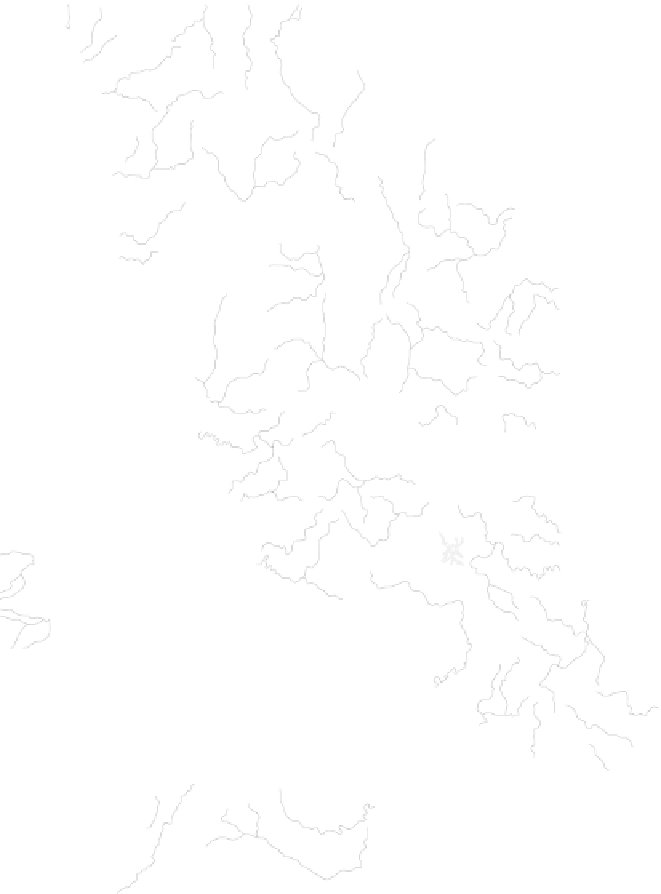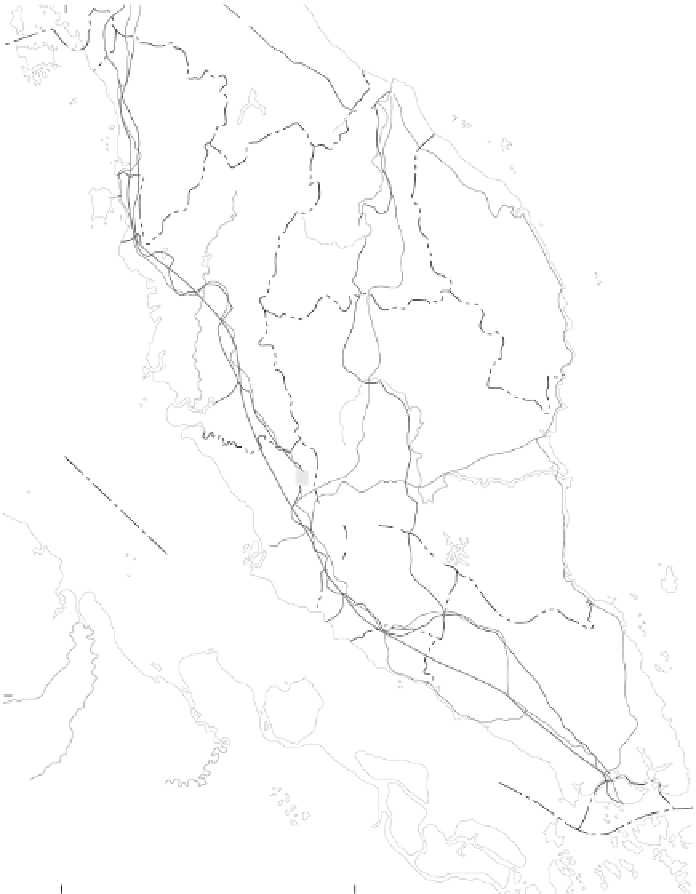Geography Reference
In-Depth Information
Figure 16-2
Malaysia. Like Indonesia and the Philip-
pines, Malaysia is a fragmented country .
From H. J. de Blij and P . O. Muller.
Geography:
Realms, Regions and Concepts
, 14th edition,
2010, p. 561. Originally rendered in color.
© H. J. de Blij, P . O. Muller. Reprinted with
permission of John Wiley and Sons.
STATES OF WEST MALAYSIA
100
°
102
°
50
100
150 Km.
0
Langkawi
THAILAND
PERLIS
0
50
100 Miles
104
°
Kota
Bharu
Alor
Setar
6
°
6
°
Redang
KEDAH
Georgetown
Kuala
T erengganu
Pinang
PINANG
KELANTAN
TERENGGANU
Ipoh
PAHANG
PERAK
Pangkor
4
°
4
°
Kuantan
SELANGOR
Kuala
Lumpur
Shah
Alam
Kelang
Kelang
Putrajaya
Cyberjaya
NEGERI
SEMBILAN
Tioman
Seremban
MELAKA
Tinggi
Melaka
Sibu
JOHOR
2
°
2
°
Johor
Bahru
SINGAPORE
INDONESIA
Sumatera
100
°
102
°
104
°
Longitude East of Greenwich
POPULATION
50,000-250,000
250,000-1,000,000
1,000,000-5,000,000
National capital is underlined
'Multimedia Supercorridor'
Highway
Main road
Railroad
Airport
States with greatest
Islamic strength
States with largest Chinese
and Hindu presence
By the late nineteenth century , the East Malaysian
economies had begun to shift toward meeting the needs
of world markets. Production systems were increasingly
controlled from abroad as plantation farming, rubber,
timber, and oil took precedence over jungle products. In-
digenous groups, such as the Penan and the Dayak (en-
gaged directly in accessing these products), fell increas-
ingly under the influence of others, particularly the
Chinese. Javanese workers were also recruited to work in
the region. However, as jungle produce continued to de-































































































































































































Search WWH ::

Custom Search